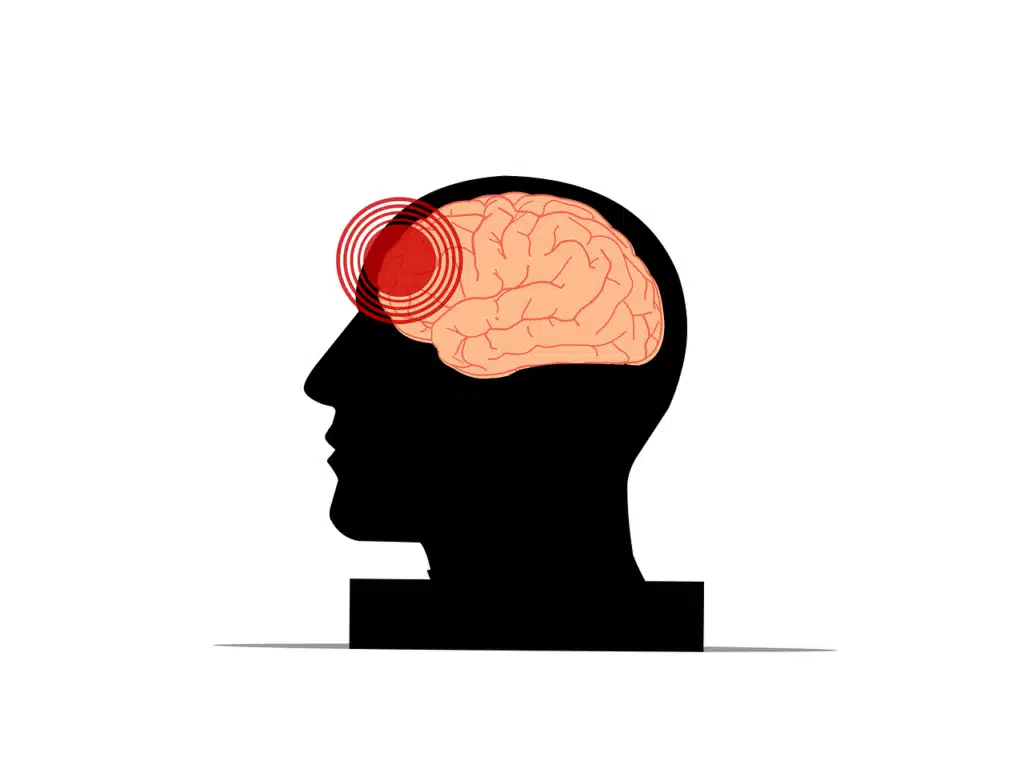Boost Communication Skills with Mental Rehearsal!
We all know practice is key in speech therapy & skill development. But what if we could supercharge your sessions and enhance results even before students utter a sound? Enter mental rehearsal (visualization)!
What is Mental Rehearsal?
Mental rehearsal is exactly what it sounds like – practicing a skill in your head. Imagine yourself saying a tricky sound, reading fluently, or delivering a captivating presentation. It’s like daydreaming, but with a purpose!
The Science Behind the Superpower:
Mental rehearsal isn’t just wishful thinking; it’s backed by neuroscience! When you vividly imagine performing a skill, you activate similar brain pathways as when you perform it physically. This strengthens those pathways, making the actual skill execution smoother and more efficient.
Benefits of Mental Rehearsal:
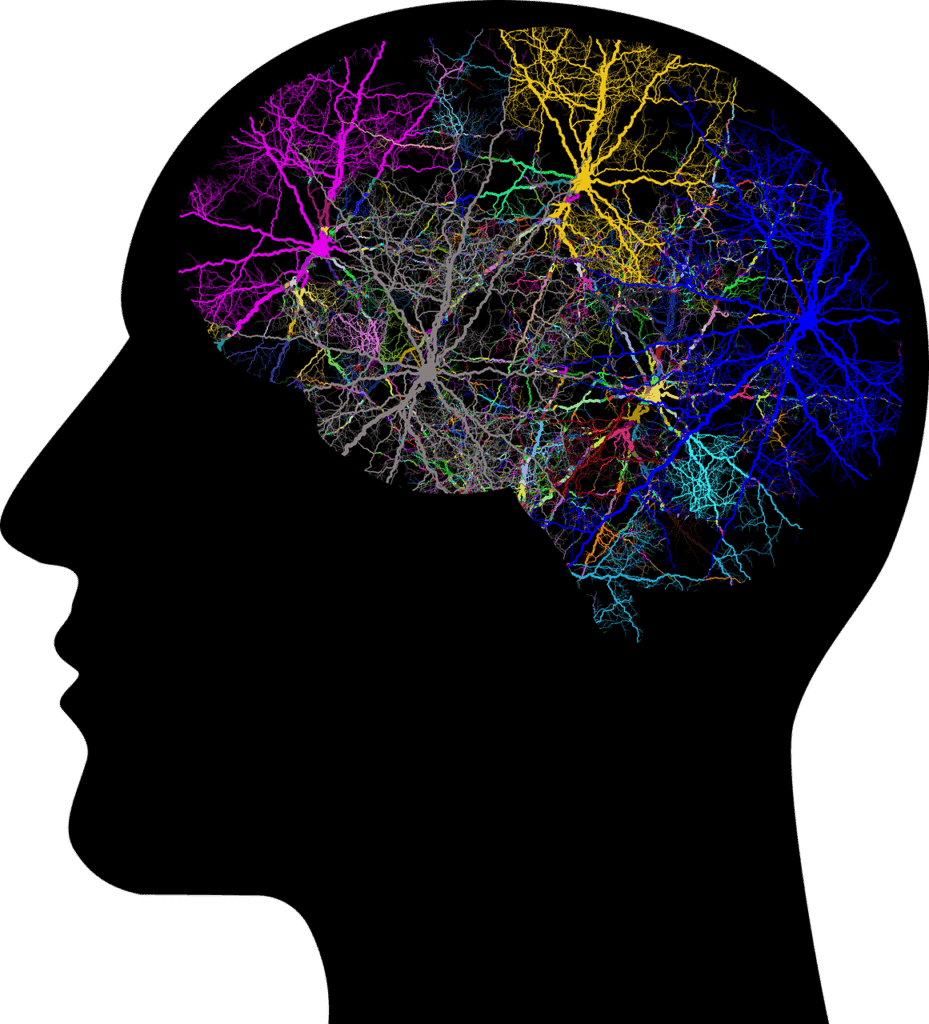
- Boosts Confidence: Feeling successful in your mind translates to real-world confidence. You approach challenges with a “been there, done that” attitude.1
- Improves Skills: Strengthens brain pathways involved in the practiced skill, leading to faster progress and better outcomes.2
- Reduces Anxiety: Calm pre-speech jitters by rehearsing success. Visualizing yourself handling challenging situations calmly reduces anxiety and promotes a more relaxed state of mind.3
- Reduces Incorrect Practice: Minimize bad habits by focusing on the correct way. Mental rehearsal allows you to hone the perfect technique, reducing the risk of accidentally practicing and reinforcing mistakes.
- Convenient: Practice anytime, anywhere – waiting for the bus, before bed, etc. Mental rehearsal offers ultimate flexibility, allowing you to fit in practice sessions even with busy schedules.
Mental Rehearsal in Therapy & Education: Applications for Diverse Needs
Mental rehearsal can be a powerful tool for a wide range of situations in both therapy and education settings:
- Generalization: Bridge the gap between the controlled environment of therapy and the real world (e.g., rehearsing using new skills on the playground or in the classroom). Students can mentally rehearse using their newly acquired skills in different settings, promoting carry-over and generalization.
- Limited Therapy Time: Make the most of short therapy sessions. While in-person practice is crucial, mental rehearsal allows students to keep practicing and improving their skills between sessions, maximizing progress within the limited timeframe.
- Fear and Avoidance: Overcome fears by mentally rehearsing success. For students struggling with social anxiety or stuttering, visualizing themselves confidently engaging in challenging social situations can equip them with the tools to face their fears in real life.4
- Physical Limitations: Allow everyone to participate and improve regardless of limitations. Students with physical limitations that hinder certain types of practice can still benefit from mental rehearsal.
- Waiting Time: Engage students in mental rehearsal during group activities or while waiting for their turn. Minimize idle time by having students rehearse target skills in their minds, promoting active learning and maximizing every minute.
How to Use Mental Rehearsal: Techniques for Different Skills
Here are some specific ways to use mental rehearsal in therapy and education, tailored to different communication skills:
- Speech Sounds: Imagine your mouth making the correct shape and feeling the airflow for a tricky sound. This is particularly helpful for sounds that are hard to see or feel, giving you a clearer mental image of the correct production.5
- Fluency: Picture yourself speaking smoothly and confidently in a challenging situation, like ordering food at a restaurant. This can help reduce anxiety in situations that usually trigger stuttering or disfluencies.
- Reading: Visualize the words on the page and hear yourself reading them fluently with expression. This is especially helpful for kids who get nervous reading aloud in class. Imagine yourself captivating the audience with your clear and engaging reading.
- Language Skills: Rehearse using target vocabulary words or sentence structures in different contexts. Imagine yourself participating in a conversation and seamlessly using the newly learned language skills.
- Social Skills: Play out a social interaction in your head, like introducing yourself to someone new or joining a group conversation. This is perfect for practicing skills that are difficult to replicate in a therapy session. Visualize yourself navigating social situations with ease and confidence.
- Relax and Get Comfy: Find a quiet, comfortable space to minimize distractions and maximize focus.
Tips for Effective Mental Rehearsal:
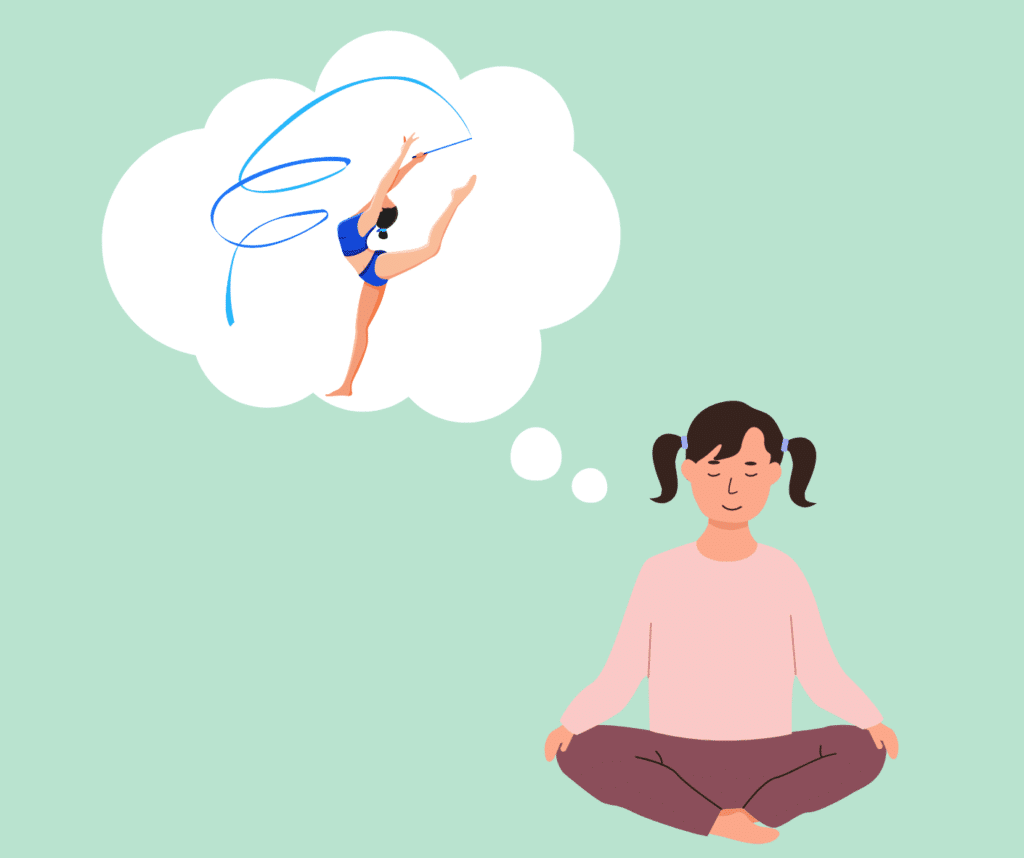
- Vivid Visualization: Engage all your senses for a clear mental image. Imagine not only the visual aspects of the task, but also the sounds, smells, and even the emotions you want to experience while performing the skill.
- Focus on Success: Imagine yourself doing it perfectly, with confidence and ease. Fill your visualization with positive emotions and a sense of accomplishment.
- Regular Practice: The more you rehearse, the better the results! Just like building a muscle, mental rehearsal strengthens neural pathways with consistent practice. Aim for short, regular sessions throughout the day.
Explaining Mental Rehearsal to Students: Making it Fun and Engaging
Here are some tips to explain mental rehearsal to students in a way that is both engaging and relevant to their age group:
- Relatable Examples: Talk about athletes or actors and their mental preparation routines. Discuss how athletes visualize themselves performing their winning moves or actors rehearse their lines in their heads before a big performance.
- Interactive Activities: Play games where students take turns visualizing simple tasks. For example, have them close their eyes and imagine themselves making a peanut butter and jelly sandwich, step-by-step. Discuss the different sensory details they might experience during this visualization.
- Positive Reinforcement: Focus on the benefits of mental rehearsal, like feeling more confident and prepared. Help students understand how mental rehearsal can be their “secret weapon” for success.
- Age-Appropriate Complexity: Tailor the explanation to the student’s age and cognitive skills. For younger children, keep it simple and focus on basic visualizations. As students mature, you can introduce more complex scenarios and strategies.
- Make it Fun! Use props, silly voices, or movement to keep students engaged. You could create a “mental rehearsal superhero” character who helps students visualize success.
- Start Small & Build Up: Begin with short, simple tasks and increase complexity as students gain confidence. This helps them experience success early on and motivates them to continue practicing.
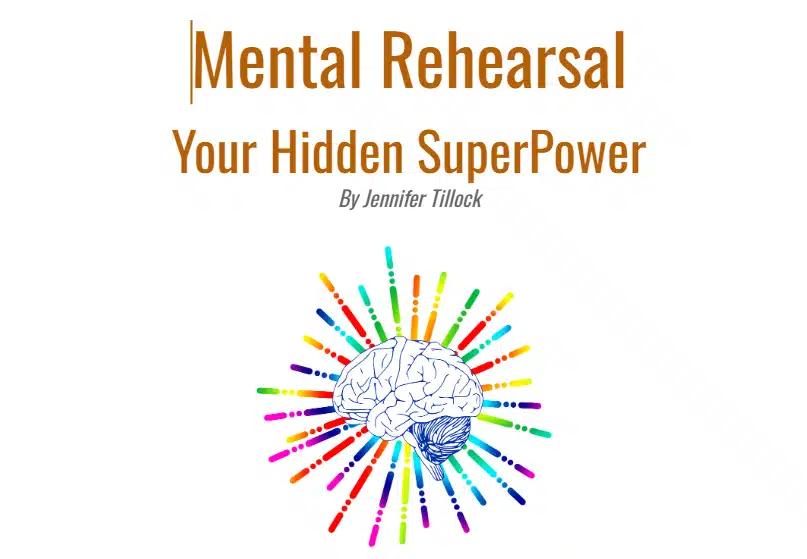
Want a ready-made resource to help you teach your students about mental rehearsal?
Check out Mental Rehearsal – Your Hidden Superpower!
“Mental Rehearsal – Your Hidden Superpower!” is a downloadable resource designed for students in 5th grade and up. It includes:
- Engaging explanation of mental rehearsal and its benefits for communication skills.
- Fun & interactive activities to practice mental rehearsal for various tasks, like articulation, fluency, reading comprehension, and social skills.
- List of links to other resources
- Comprehension & critical thinking questions to promote deeper understanding of mental rehearsal and its applications.
Empower your students and unlock their potential! Download “Mental Rehearsal – Your Hidden Superpower” today! Check out my 2-part YouTube series:
- Your Hidden Speech Superpower! (Mental Rehearsal Part 1/2)
- Shhh… It’s a Hidden Superpower! (Mental Rehearsal Part 2/2)
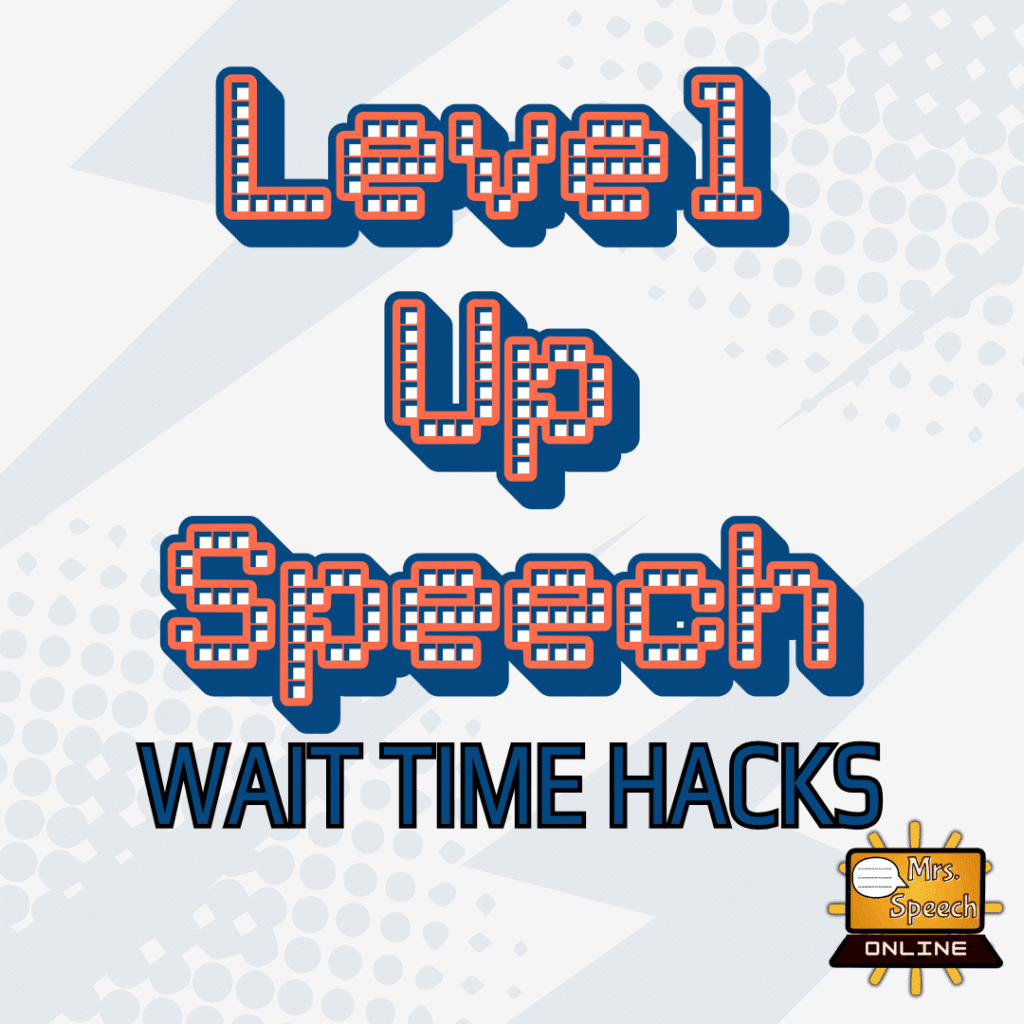
You may also like LEVEL UP SPEECH! Wait Time Hacks: Metacognition Lesson, Poster & Journal!
Ready to Give it a Try?
Mental rehearsal is a powerful tool for both SLPs and educators. It’s a simple yet effective strategy that can be easily integrated into your existing therapy or classroom routines. Give it a shot and see how much it helps you and your students achieve your communication goals!
Best imaginings!
Social Media Icons: designed by rawpixel.com – Freepik.com
Resources
- Shearer, D. A., Holmes, P. S., & Thomson, J. A. (2007). The effect of self-modeling on self-efficacy and dribbling performance. Journal of Sports Sciences, 25(14), 1587–1594. https://doi.org/10.1080/02640410701257406 ↩︎
- Saimpont, A., Malouin, F., & Jackson, P. L. (2013). Brain activity during motor imagery: The impact of motor expertise. Journal of Motor Behavior, 45(6), 563–573. https://doi.org/10.1080/00222895.2013.842797 ↩︎
- Makarova, E., Makarova, A., Kulagin, V., & Koroleva, E. (2024). The Effectiveness of Mental Rehearsal to Reduce Performance Anxiety: A Systematic Review. Psychological Reports, 133(1), 183–208. https://doi.org/10.1177/00332941231174987 ↩︎
- Makarova, E., Makarova, A., Kulagin, V., & Koroleva, E. (2024). The Effectiveness of Mental Rehearsal to Reduce Performance Anxiety: A Systematic Review. Psychological Reports, 133(1), 183–208. https://doi.org/10.1177/00332941231174987 ↩︎
- Maring, J. R. (1990). The effect of imagined practice on articulation in hearing-impaired children. Journal of Speech and Hearing Research, 33(4), 856–861. https://doi.org/10.1044/jshr.3304.856 ↩︎










